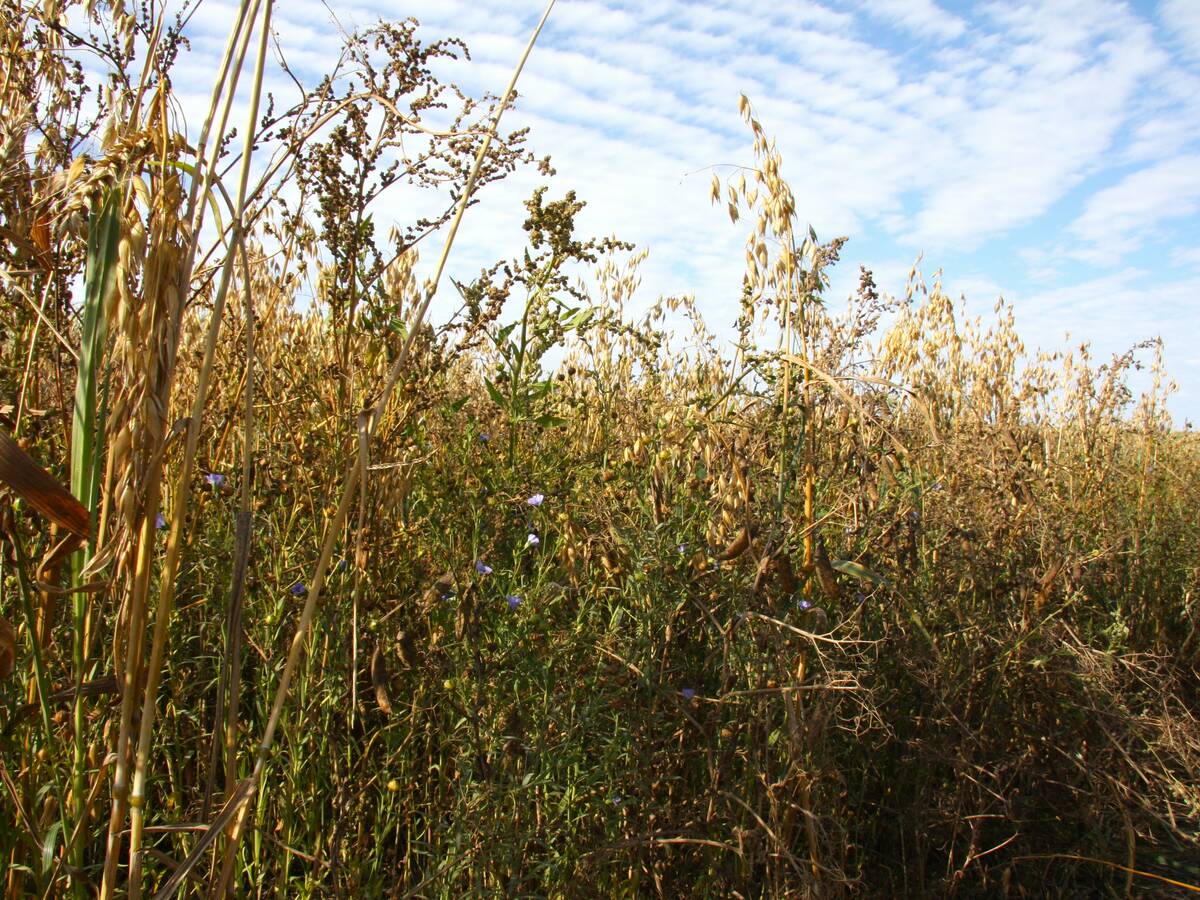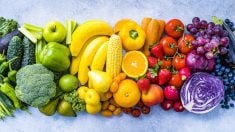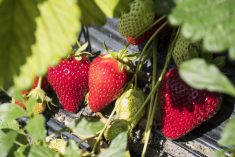Ken Lucko lucked out this year with his acres of strawberries, and he’s not alone.
One of the proprietors of Monominto Berry Farm near Anola in eastern Manitoba, Lucko knew earlier this spring that the season had promise. He now labels it as excellent, and his u-pick and pre-pick operation has closed for the season.
“When they came into blossom, the plants were just covered,” he said. “You could be standing 200 yards away and you could just see white flowers over all the plants. So it’s a pretty good indicator that you’ll have a good year, as long as nothing happens during that time.”
Read Also

PepsiCo nearly doubles regenerative scope
Another 240,000 farm acres managed through regenerative agriculture will be supported by PepsiCo across Manitoba and Saskatchewan by the end of 2025.
Why it matters: Fruit growers are seeing a much-needed rebound year after 2021’s untimely frost, drought and COVID-19 restrictions stifled business.
The news has been good for the fruit sector, according to Angie Cormier, executive director of the Prairie Fruit Growers Association and one of the names behind Cormier’s Berry Patch near La Salle, Man.
The first 10 days of the strawberry season went very well, she said in the third week of July.
“There was a lot of moisture in the ground this spring and the right amount of heat and there was just a lot of strawberries,” she said.
The season is just getting under way for saskatoons, haskap and raspberries, she added, but indications for those crops are positive as well.
“There have been a couple of farms across the province that have maybe had some hail damage … some growers are talking about some rain damage, but for the most part, it’s been a really great season for berries in Manitoba.”
Lucko does not have an exact count on the number of farm visitors this year, but noted more customers bought in bulk.
“It was extremely good picking. It didn’t take you long to fill a basket … you can tell when it’s good picking because they’ll come for four or five (baskets) and they’ll take six or eight, but most people were taking six, eight, 12, 15 baskets,” he said.

A positive swing
It’s been a refreshing change from last season. The winter of 2020-2021 was hard on strawberry plants. Temperatures fluctuated wildly during the cold months of the year, while lack of snowfall left little insulation, culminating in winterkill. Those woes were compounded with a late-May frost.
“Usually your first flowers are your biggest strawberry; it’s called a king berry, and probably the last four years, for sure, they’ve frozen,” Lucko said, although he added that his farm did not see the production issues of other u-pick operations last year.
The late frost was “very devastating to the strawberry industry,” Cormier said. “The saskatoons, haskap and raspberries, they were able to get through the year last year. They had good crops.”
By mid-summer 2021, the province was gripped by one of the worst droughts in decades. Most regions saw little rain until August. That was less of a hit for most strawberry farms, which often have irrigation, Cormier noted.
In an early August 2021 interview with the Co-operator, Cormier described losses as some of the worst of the previous decade.
The industry’s luck turned in the fall. Perennial fruit crops saw a surge in growth thanks to an open and wet fall, which turned into a winter with heavy snowfall, creating good insulation.
Dodging the flood
Manitoba’s wet start to 2022 made for a challenging spring for most crops (less than half of acres were planted by the end of May), but Lucko says his farm didn’t see the same pressure from excess moisture.
There were issues getting into the field to remove straw from the plants and fertilizer was applied late, “but our fields are pretty well drained, so they weren’t sitting in water. The ground was just saturated.”
Root rot was also a fairly minor problem.
Lucko said he has an advantage. His farm sits on sandy soil, the land is sloped and he has invested in drainage infrastructure.
For most fruit producers, the deluge of rain this spring was welcome.
“The only thing that was set back this year was if anyone was planting anything,” Cormier said.
Seedling planting did not get started until the end of May, and haskap berries have seen delays in the start of the picking season.
The downside
Good fortune hasn’t extended to the entire fruit sector, however. Edith Smith of Prairie Adventure Farm near Carman says the operation expects lower production than normal.
The farm, which opened to pickers July 21, typically grows sour cherries and raspberries but will not have a raspberry season this year.
“We had a lot of breakage with the six-foot drifts on them,” Smith said. “And with the wet spring, the fire blight just moved in so fast on us that we couldn’t control it as quickly as we needed to.”
The bacterial infection causes twigs, flowers and leaves to brown and curl at the tips of branches, and developing fruit becomes hard, brown and doesn’t mature.
“We’ll get a few pails off of certain sections, but not enough to open for the public,” Smith said.
The cherries, likewise, do not look like a bumper crop. The farm is skipping its usual big commercial picks and is limiting appointments to smaller-volume customers, Smith said.
About one-third of the cherry field blossomed during a particularly cold and wet week and saw little bee pollination, Smith said. Trees also had similar breakage issues from winter’s heavy snow and the 2021 drought also took its toll.
“We still didn’t have rain when the buds were setting, so we knew it was going to be a lighter crop anyways,” Smith said.
This year the farm has noted significant variability in cherry development, even on a single tree.
Smith welcomed the added moisture this year and is hopeful it will bolster the farm’s 2023 season.
The farm has seen a string of difficult years caused by poor growth seasons and restricted public access. The fruit sector is now bouncing back from financial hits due to the pandemic.
U-pick operations were allowed to remain open in 2020 and 2021, but under restrictions and added costs that business owners say limited turnout and reduced income.
The effects of widespread inflation have also been felt on the fruit farm, Cormier said. Increases in fertilizer, fuel and labour cost have led u-pick operations to raise their own prices.
Between remaining COVID-19 anxieties and other factors, it’s hard to say how much the price increase has impacted turnout, she added.
On July 20, Statistics Canada reported that consumer inflation had reached 8.1 per cent in June, the highest in 39 years.
















